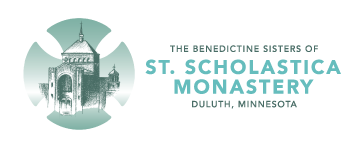Whatever we know about Saint Stephen we learn from the Bible, Acts 6-7. By piecing together known historical facts we make conclusions about his life history. His name, Stephanos, is Greek, meaning a crown or a king. The fact that he was living in Jerusalem and verbally sparring with Jewish authorities in the synagogue leads to the conclusion he was a Hellenistic Christian Jew. The Jews who spoke Greek prayed in the synagogues in Greek, whereas the Jews of Palestine prayed in Hebrew. The problem stemmed from the distribution of food and other necessities. Widows and others were not getting their fair share. Those not getting their fair share were very likely the Hellenist widows and orphans. Stephen, one of seven men of good repute, is named first in the choice of deacons, over whom the Apostles prayed and laid hands. Stephen succeeded so well as a preacher of Christianity that the leaders of the synagogue, unable to down him in debate, had him arrested for blasphemy and brought before the Sanhedrin. He spoke eloquently in his own defense and described a vision of Christ standing at the right hand of God. His listeners “gnashed” their teeth and dragged him outside the city walls where they stoned him to death. Because Jewish leaders had no right to punish anyone by death without permission of the Romans it is concluded that his execution occurred between the end of the term of Pontius Pilate and the beginning of the next appointed governor, historians placing the event in 34 or 35 A.D. While he was being stoned Stephen verbally asked God to forgive his murderers. Saul, who held the cloaks and approved of the slaying, was among those for whom Stephen sought forgiveness. Not long afterwards Saul met Christ on the road to Damascus. 
May Saint Stephen, first martyr, intercede for us.
__________ 1. Butler‘s Lives of the Saints New Full edition December Revised by Kathleen Jones pages 204-205, The Liturgical Press. 2. The Church’s Year of Grace by Dr. Pius Parsch Volume One Advent to Candlemas, The Liturgical Press Pages 216-219. 3. Dictionary of Saints by John J. Delaney, pages 533-534, Doubleday & Company, Inc. 1980.
—Sister Marie Therese Poliquin, OSB
